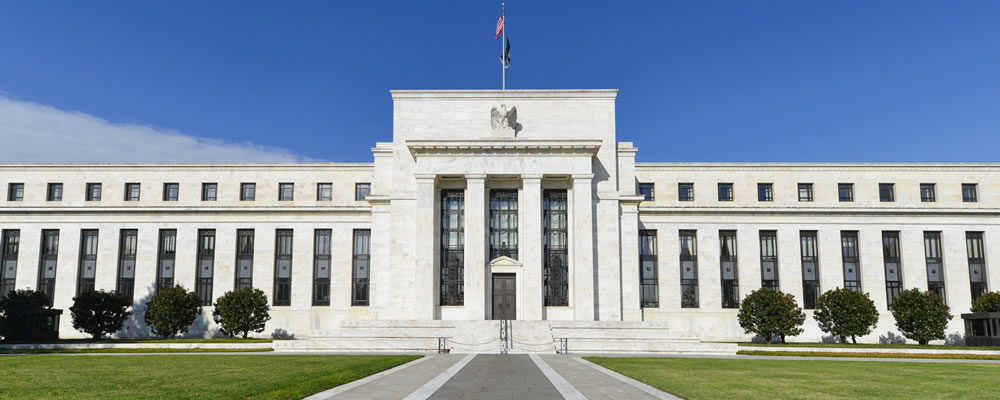Euro US Dollar (EUR/USD) Exchange Rate Ascends amid Fed Dovishness
The Euro US Dollar (EUR/USD) exchange rate jumped over a cent following a speech from Federal Reserve Chairman Jerome Powell, in which he stated that there was ‘no clear sign of an acceleration’ in the inflation rate, and reiterated that interest rates would only be gradually raised.
This saw a large decline in USD value, particularly against its main market rival, the Euro, which investors turned to as the ‘Greenback’ weakened.
Also working against the US Dollar was a sharp decline in durable goods orders for July, which dropped to -1.7% down from 0.7%, probably as a result of the ongoing US-China trade spat.
Euro (EUR) Exchange Rates Strengthen as US Dollar (USD) Sinks
The primary factor influencing the Euro’s (EUR) strength today is likely the weakness of the US Dollar (USD), which has seen the pairing ascend to its highest rate in three weeks.
Bob Parker, a strategist at Quilvest Wealth Management, told CNBC that there is a ‘very high probability that we’re in the end game of dollar strength against most currencies.’
This is perhaps due to indications of a widespread slowdown in US inflation, which analysts speculate may continue into 2019, severely hindering the ‘Buck’s’ value.
The only data from the Eurozone today was the German GDP for the second quarter, which showed a minor increase of 0.5% from the first quarter’s 0.4%, making its recent form courtesy of the US Dollar’s decline all the more welcome to Euro investors.
Euro US Dollar Exchange Rate Forecast: EUR/USD Set for Volatile Week?
The Euro US Dollar (EUR/USD) exchange rate may fluctuate during next week’s session amid a wealth of new data from both the US and the Eurozone.
Monday morning will bring about the release of Germany’s Ifo data, which could boost the single currency should these print higher than July’s figures, as could the nation’s GfK consumer confidence for September, which releases on Wednesday.
Also on Wednesday is the US’s GDP for the second quarter, which economists speculate may increase from the 2.2% in the first quarter to 4% in the second.
Business confidence for the Eurozone is due on Thursday, which may aid the single currency should these numbers print above expectation, as would the German inflation rate for August if this shows a sizeable increase.
The big release to look out for is the Eurozone’s unemployment rate on Friday morning, as any movement here could have an impact on EUR sentiment.
Otherwise, analysts will be watching for developments in the US-China trade spat, as changes here – either optimistic or negative – could swing the pairing in either direction.



